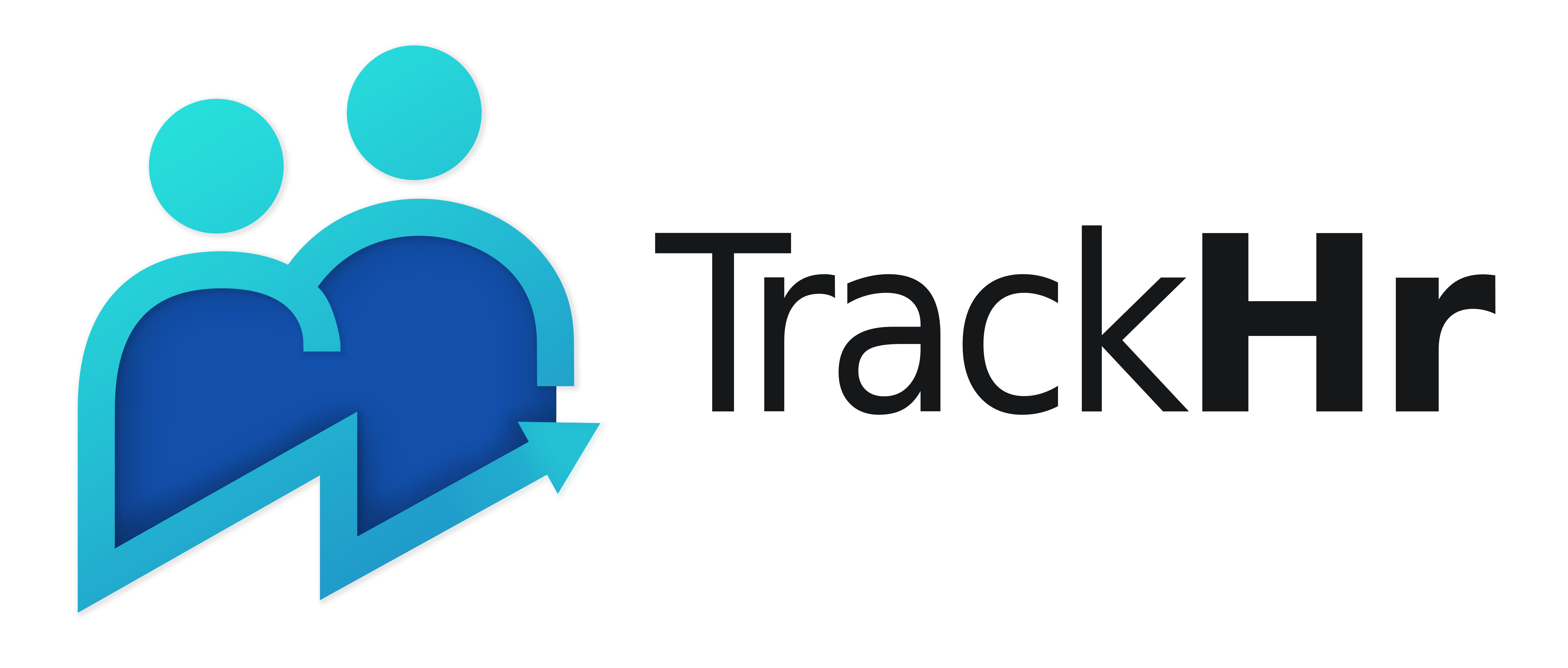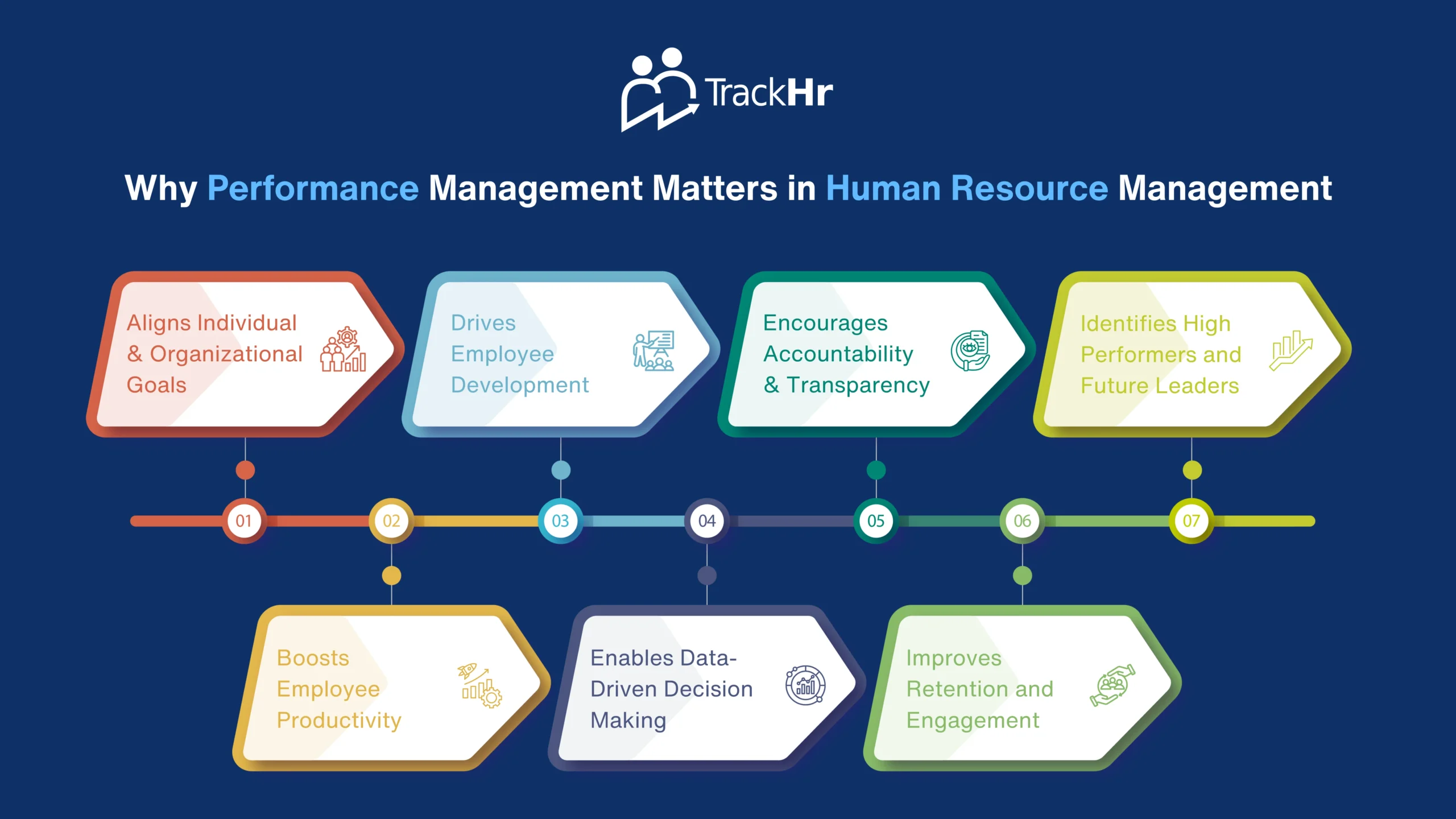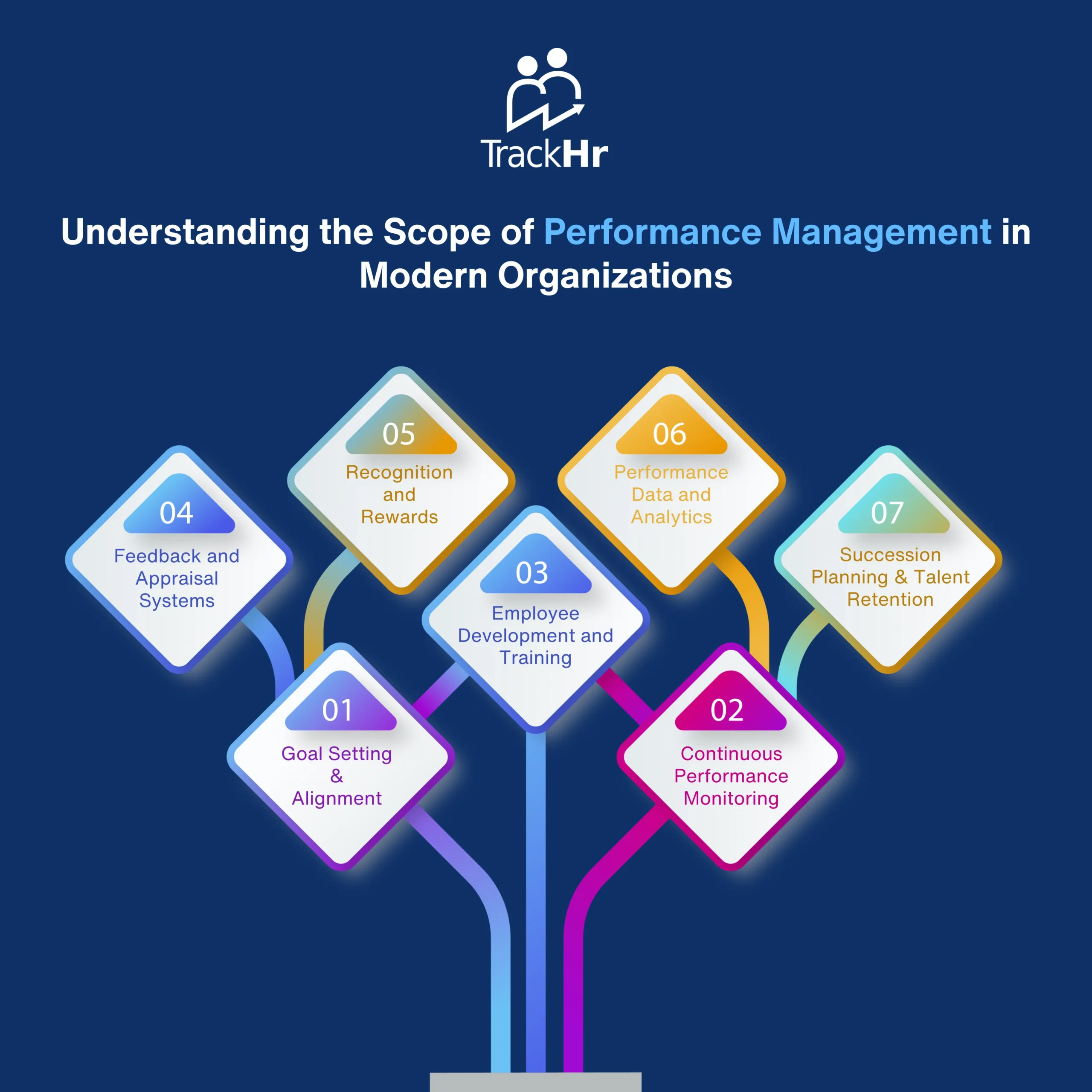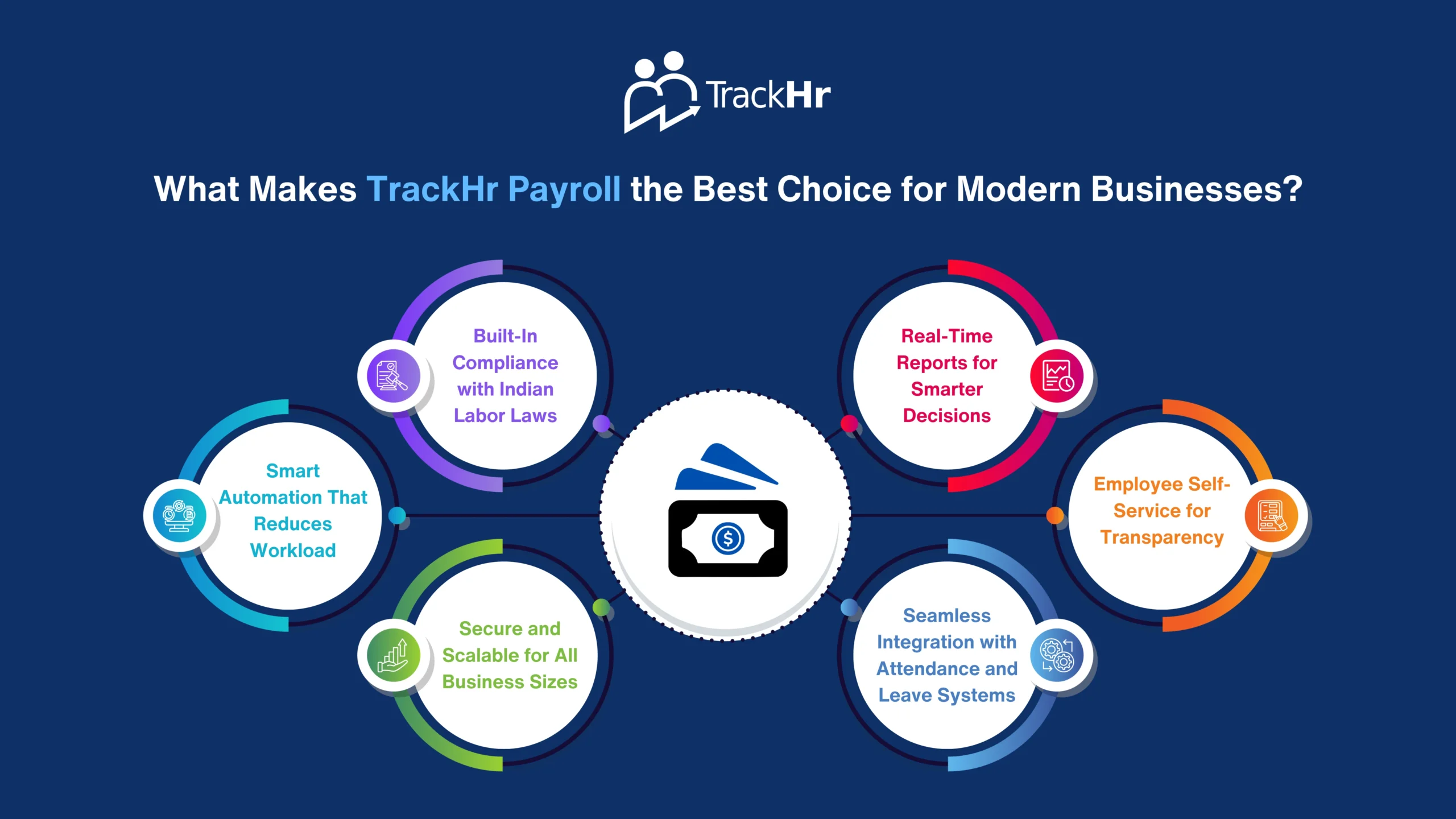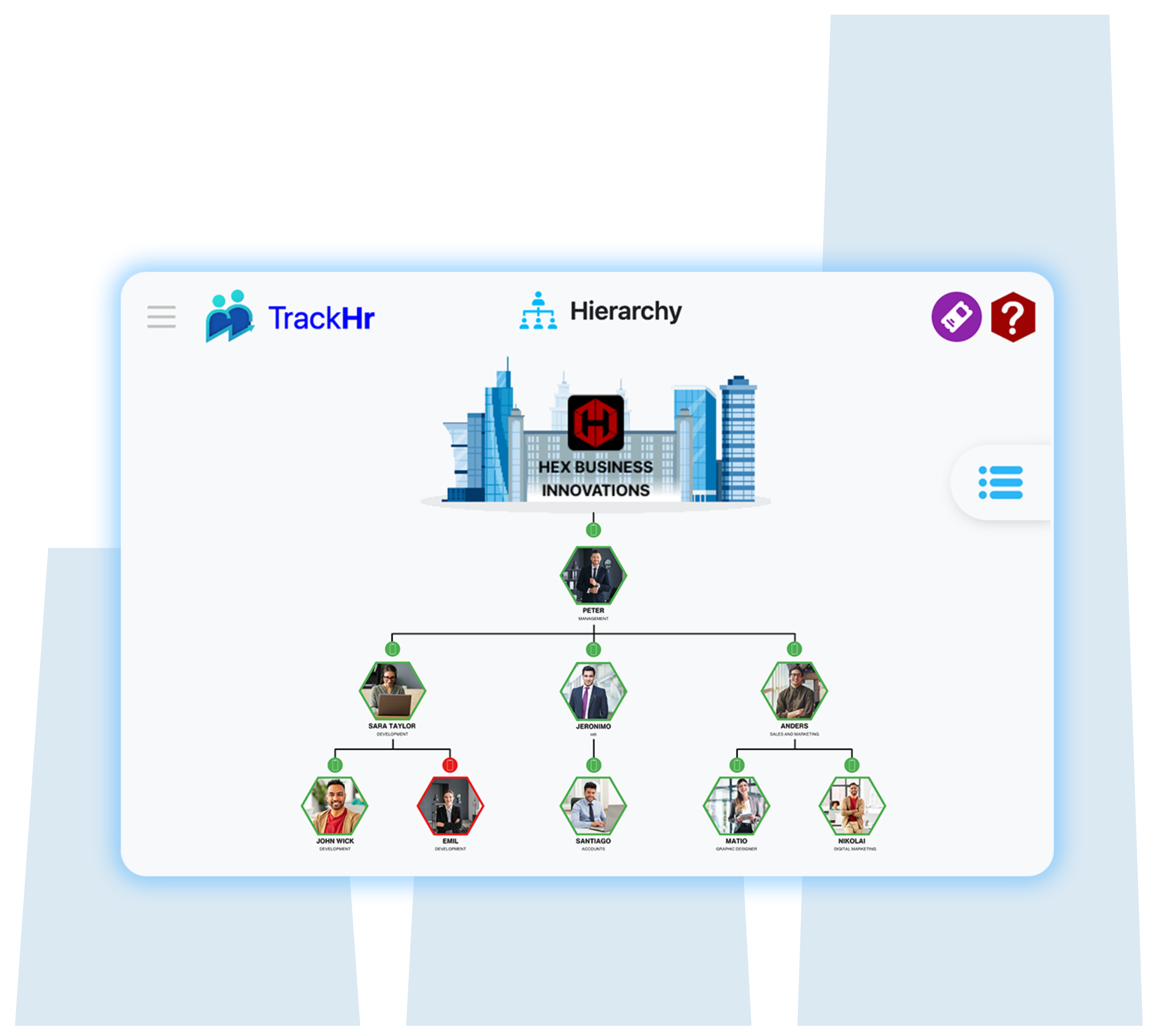Blog
How to Implement a Performance Management System
- April 1, 2025
- 10:00 am
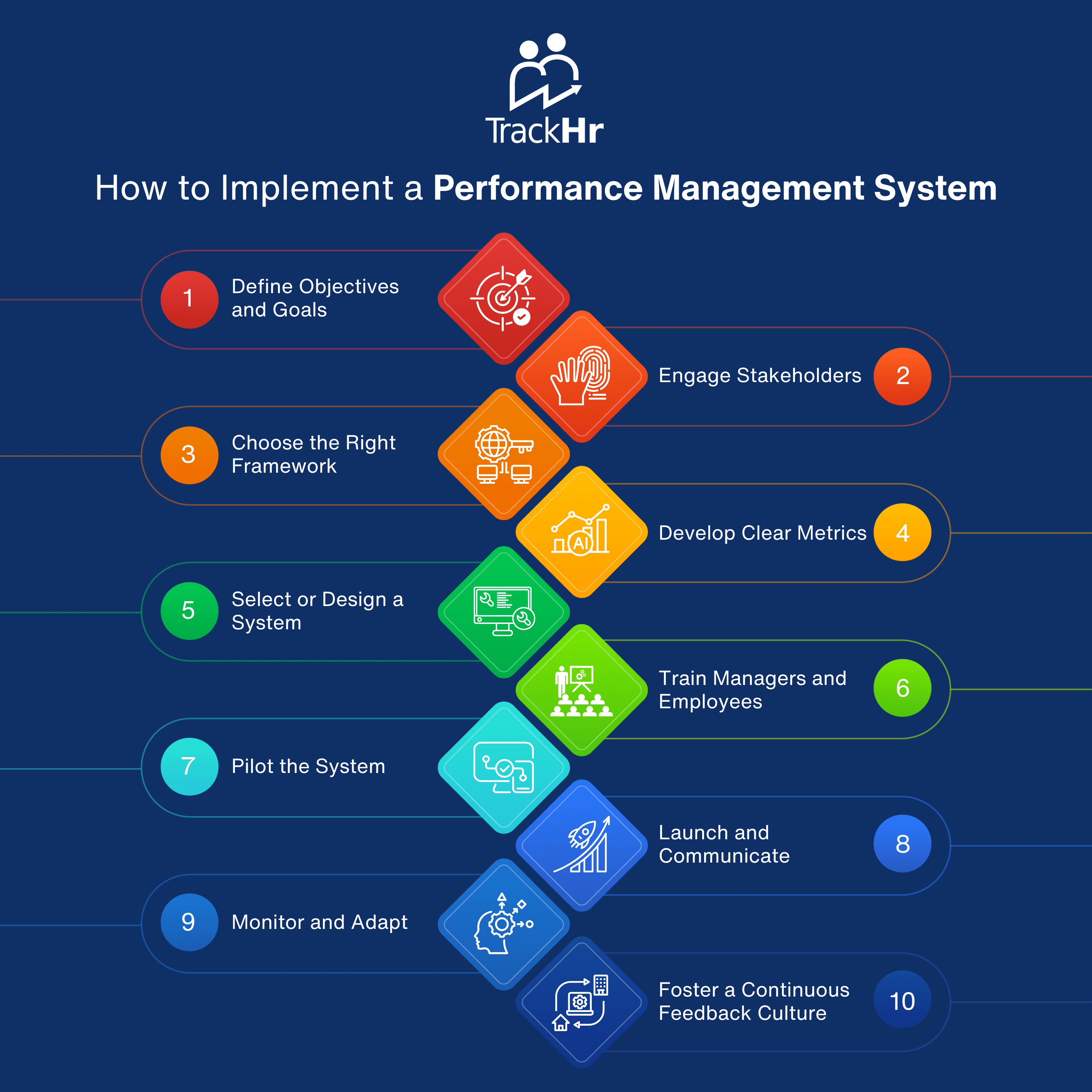
Implementing an effective performance management system (PMS) involves several structured steps to ensure it aligns with organizational goals and fosters employee development. Here’s a detailed guide:
1. Define Objectives and Goals
- Clearly outline the purpose of the PMS and its alignment with the company’s vision, mission, and strategic objectives.
- Set measurable goals that balance organizational performance, employee engagement, and professional development.
2. Engage Stakeholders
- Involve key stakeholders, including HR, department heads, and employees, to design a system that addresses all needs.
- Conduct workshops or surveys to gather feedback on current challenges and desired features.
3. Choose the Right Framework
- Select a performance management framework, such as Key Performance Indicators (KPIs), OKRs (Objectives and Key Results), or 360-degree feedback.
- Ensure the framework supports both short-term and long-term evaluation.
4. Develop Clear Metrics
- Define clear, objective, and role-specific metrics for measuring performance.
- Use a mix of quantitative (e.g., sales targets) and qualitative (e.g., communication skills) metrics.
5. Select or Design a System
- Choose a software solution or platform that supports continuous feedback, goal tracking, and reporting.
- Ensure the system is user-friendly and integrates with existing tools like HR software or productivity apps.
6. Train Managers and Employees
- Provide training for managers on how to give constructive feedback, set realistic goals, and use the system effectively.
- Educate employees on how the system works, its benefits, and how they can leverage it for career growth.
7. Pilot the System
- Test the system with a small group or department to identify potential issues and gather feedback.
- Use this phase to refine processes, features, and communication strategies.
8. Launch and Communicate
- Roll out the system organization-wide with clear communication about its objectives, benefits, and usage guidelines.
- Address potential concerns and emphasize transparency and fairness.
9. Monitor and Adapt
- Regularly review the system’s effectiveness through surveys, feedback, and performance data analysis.
- Make adjustments to processes, metrics, or tools based on insights and evolving business needs.
10. Foster a Continuous Feedback Culture
- Encourage ongoing feedback between employees and managers rather than limiting discussions to annual reviews.
- Recognize and reward achievements promptly to boost morale and motivation.
By following these steps, organizations can implement a performance management system that drives accountability, enhances productivity, and supports employee growth while aligning with strategic goals.
Table of Contents
Exhausted from managing performance management manually?
